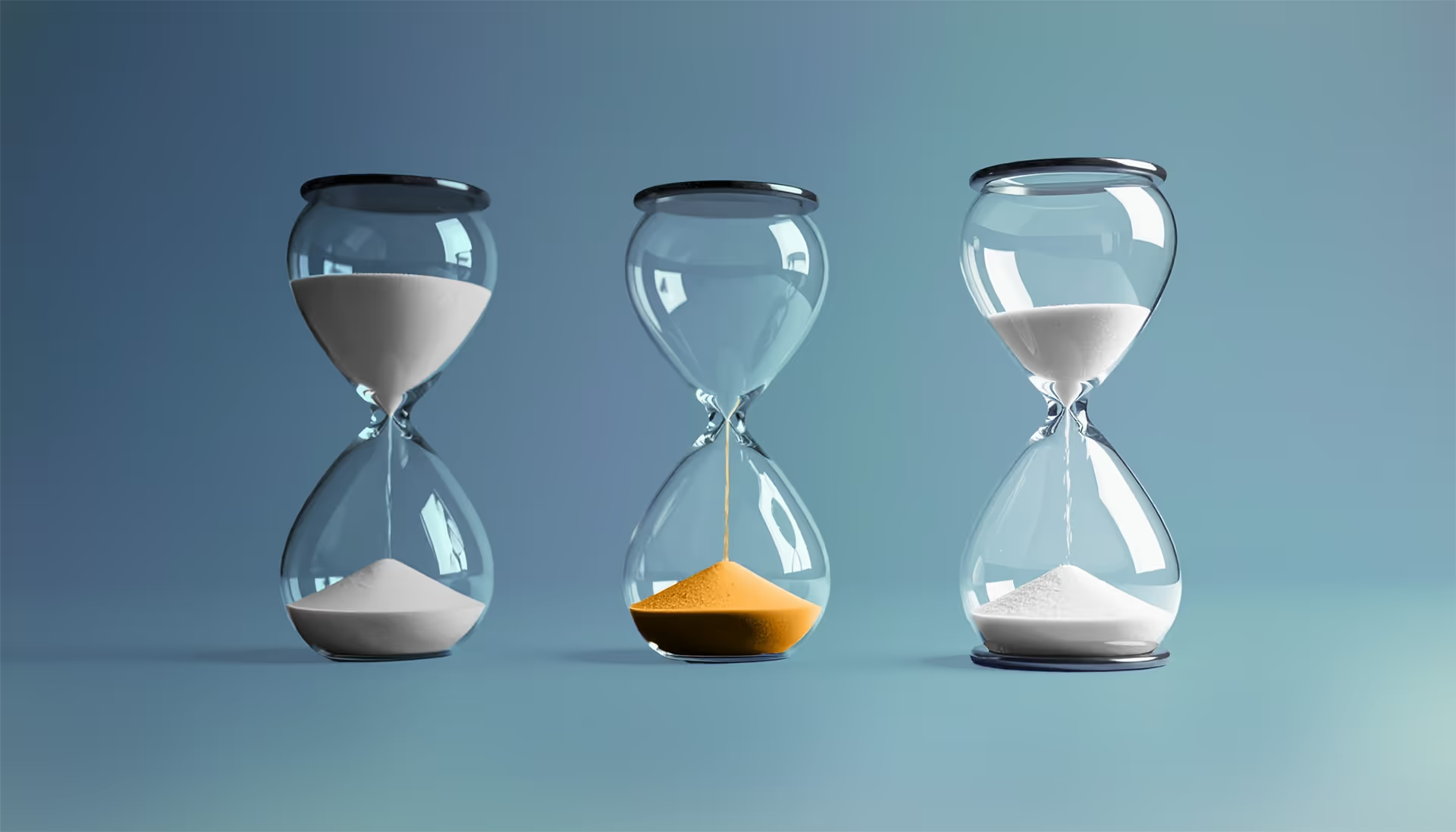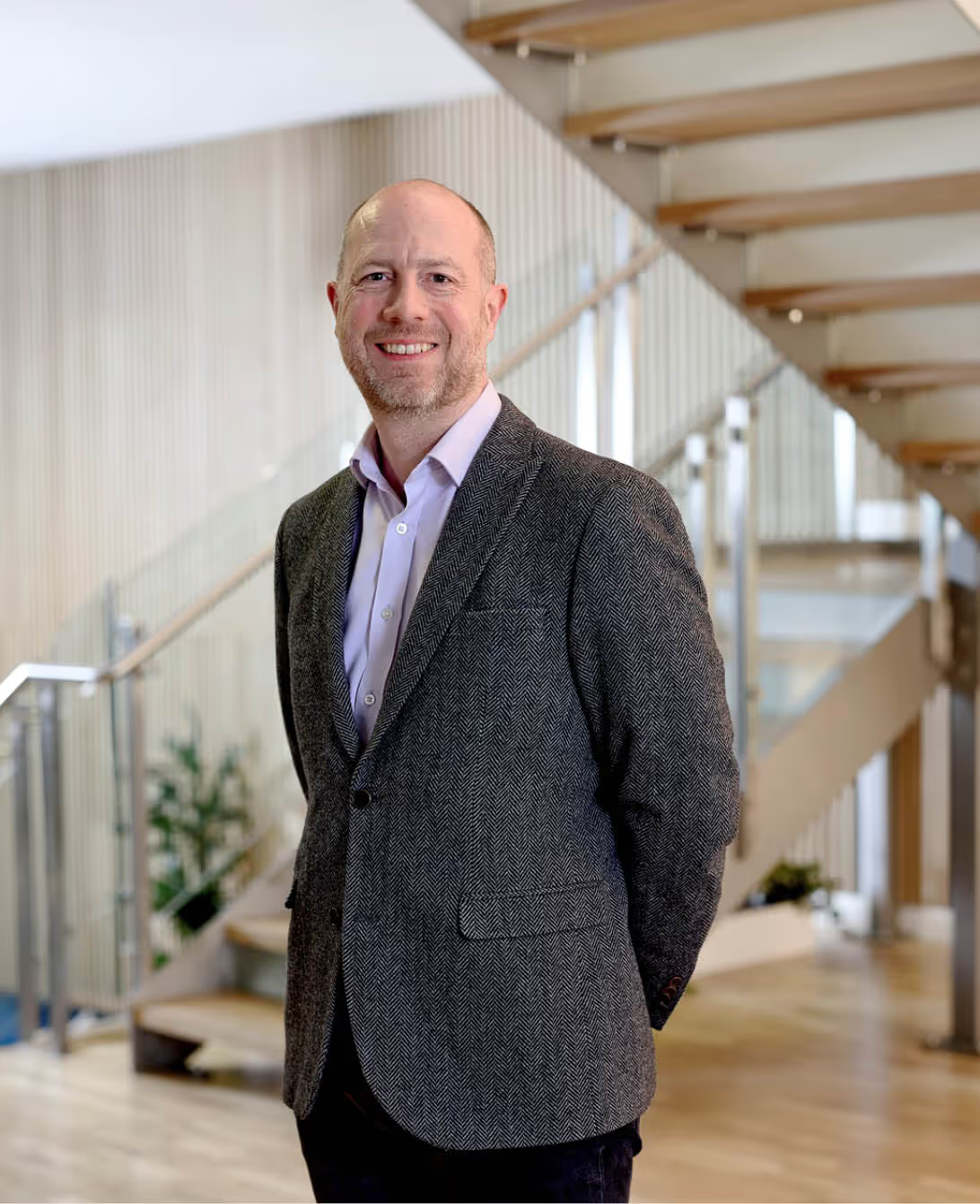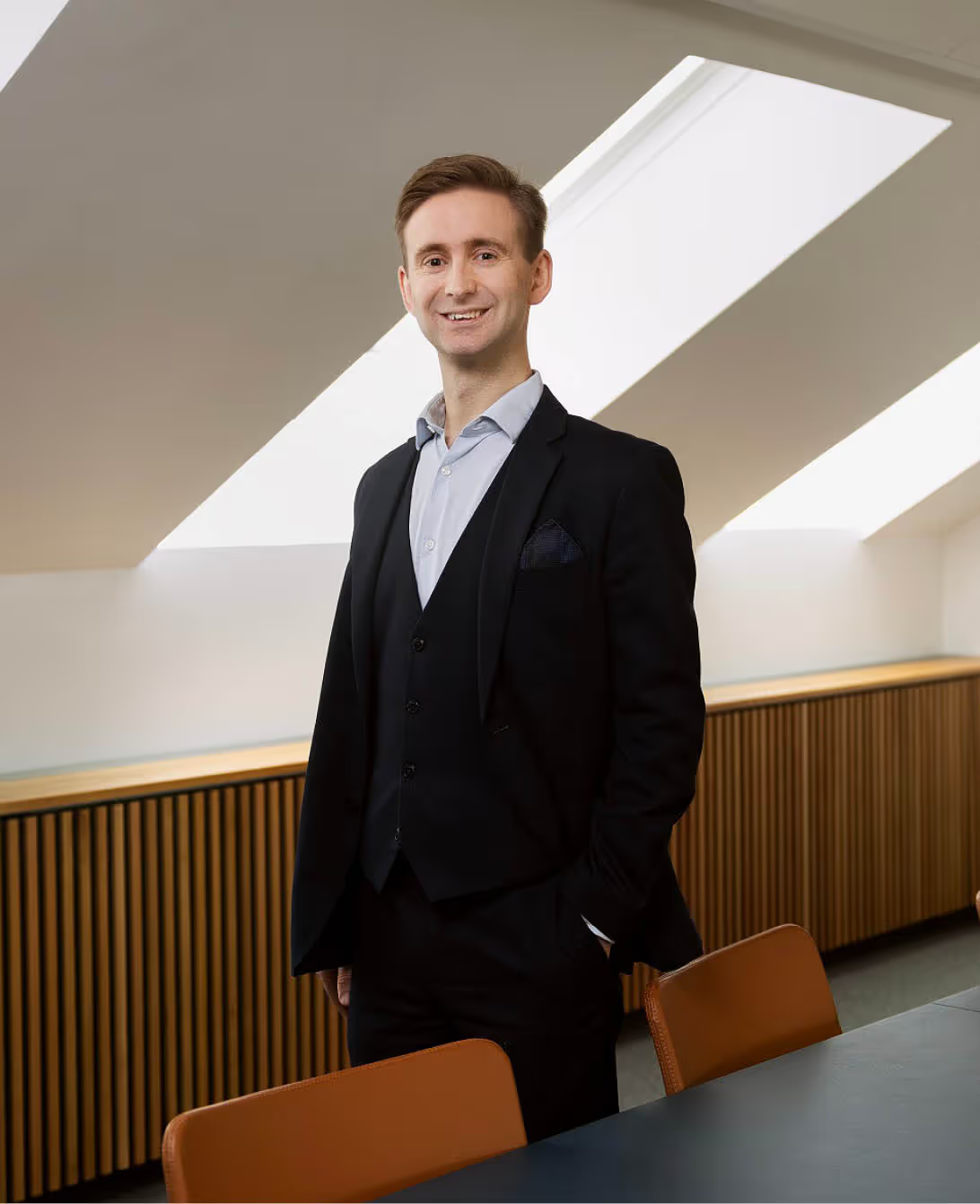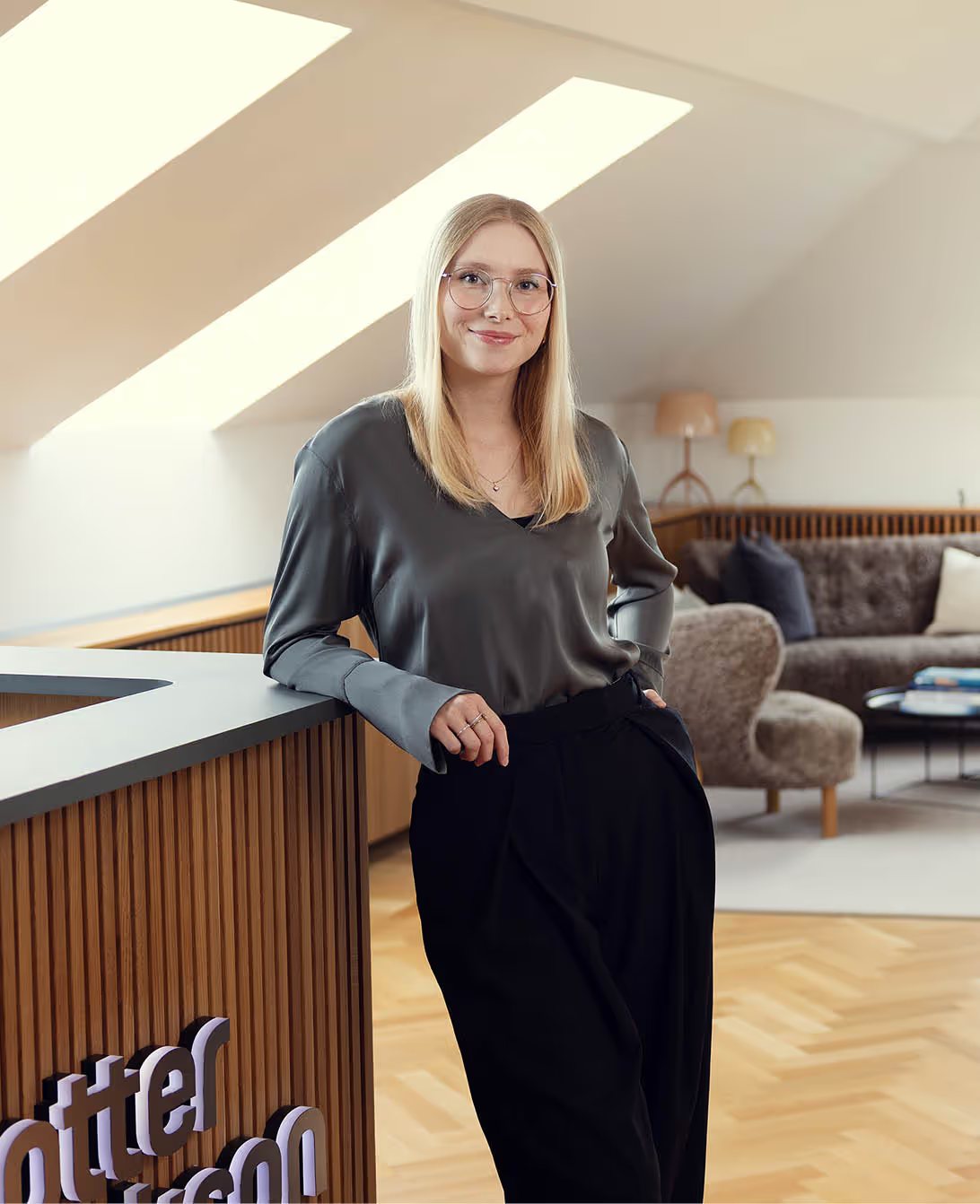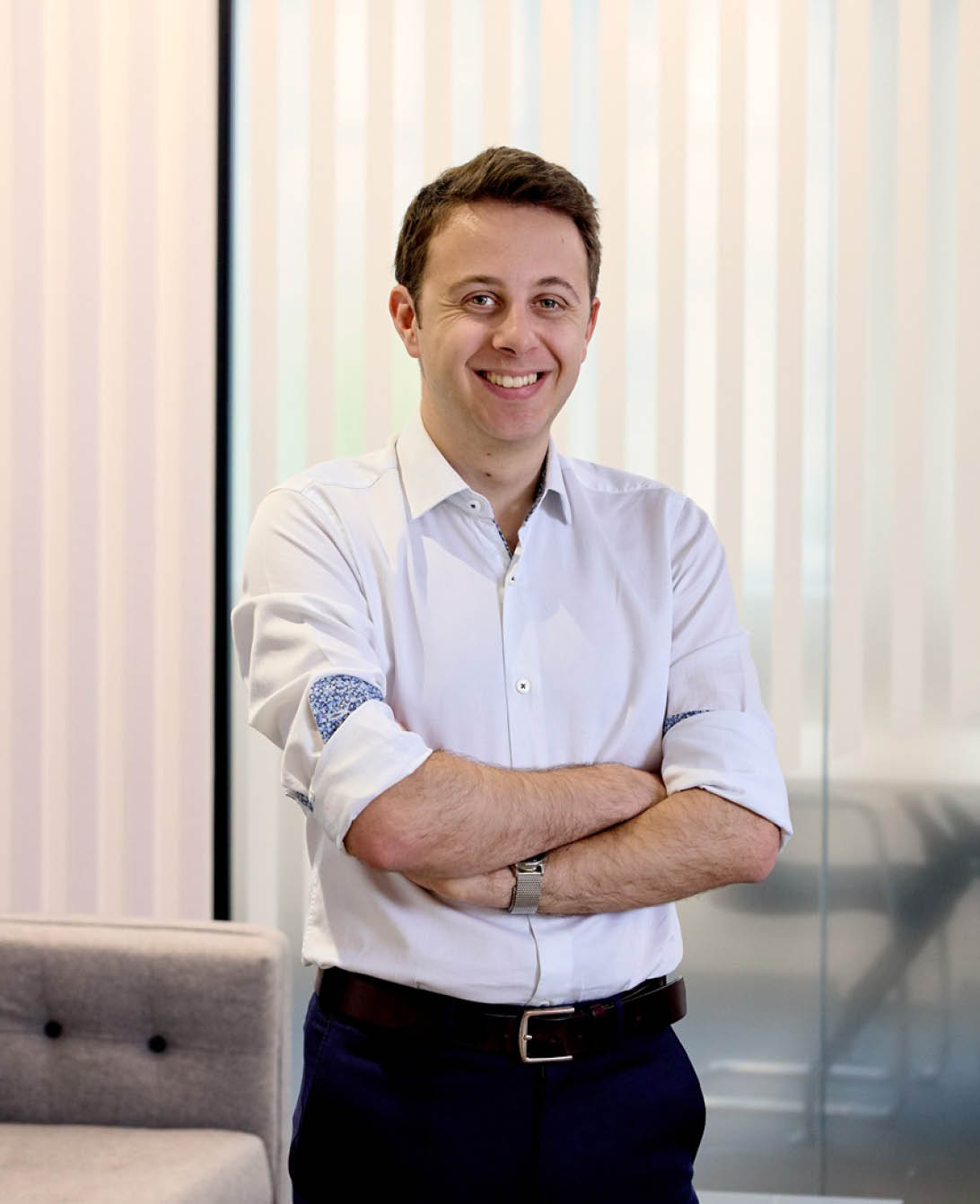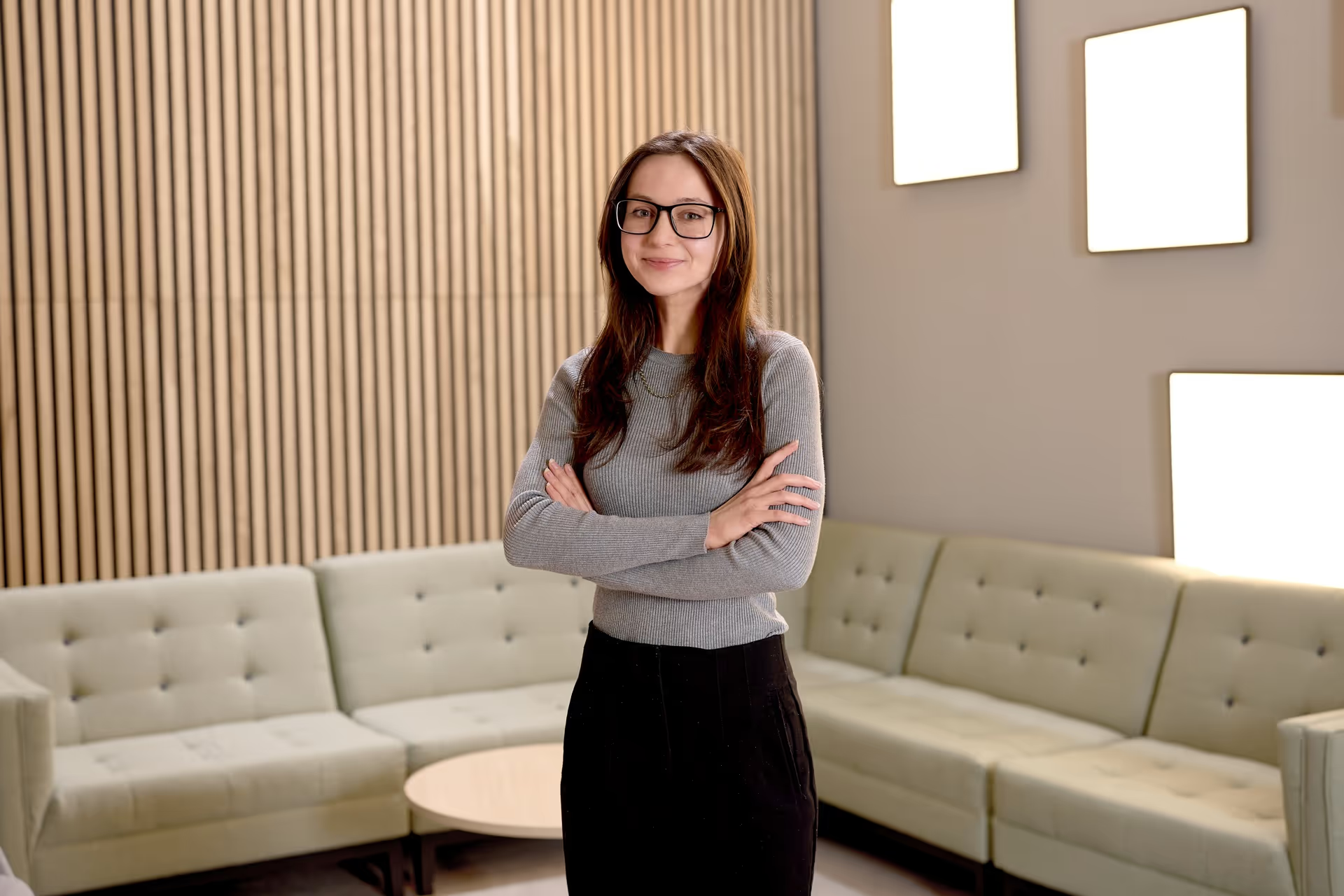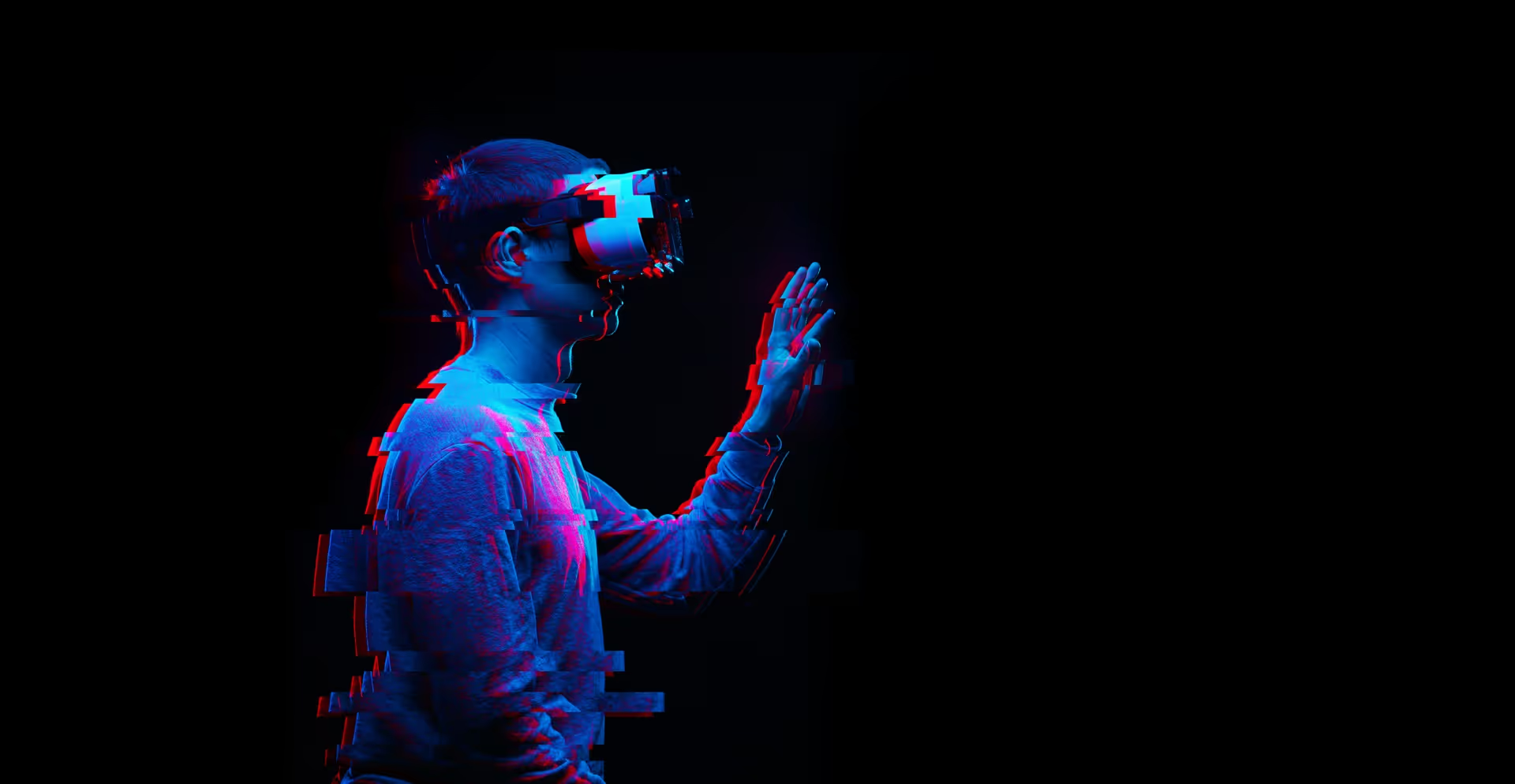
Artificial Intelligence and Intellectual Property

Artificial intelligence (AI) is booming with technology surrounding AI, and generative AI in particular, making enormous progress in recent times. The use of AI is only set to grow at an increasingly fast pace, with more and more applications of this growing technology being announced on an almost daily basis.
Although AI is already being used in almost every sector, it is the enormous global impact of generative AI tools like ChatGPT that has forced it into all our daily lives. Generative AI has quickly been adopted across all industries, assisting IT professionals with coding, preparing content for media companies, and even assisting judges with drafting judgments. Deals for the licensing and use of AI tools for content creation are rapidly growing.
However, the rise and rise of AI has left a series of serious legal uncertainties and potential risks in its wake.
In this hub, we will examine key intellectual property (IP) issues to bear in mind when using or developing AI platforms, including:
- Protecting underlying algorithms and code via combinations of patents, trade secrets, copyright and other IP rights.
- Ownership and protection of data used in training AI models, and risks that may arise from unauthorised use.
- Licensing and other revenue generating models.
- Usage of open-source software and components.
- Ownership and protection of outputs from an AI.
All of the above points can be placed into one of three categories: AI training input, the underlying AI algorithms and model, and output produced by an AI model.
For an introduction on how AI works, click here
AI Training Input
The vast majority of modern AI models are trained and developed using input data. AI models need these raw materials to “learn” from, and a steady flow of new input data is often needed to ensure the model can continue to learn and improve, producing increasingly sophisticated and well-informed outputs.
There are ongoing disputes both in the UK and abroad around the use of training data scraped, for example, from the internet, and being used to train AI models without permission. There are also fast developing stories of collaborations between large media entities and large tech companies; Universal Music and YouTube, for example, appear to be partnering in relation to YouTube’s Gen AI for music.
In this section we take a closer look at:
- What type of data is needed to train an AI?
- Which IP rights might subsist in that data?
- Where can you get data from safely?
- If you are an owner of data, what are points to look out for when licensing it, and how can you restrict unauthorised use to maximise value?
The AI model and its use
As with all inventions, it is important to consider how best to protect a new AI model. Copyright is likely to subsist in the code. In some cases, patents may be an option, particularly if your AI model is built on novel algorithms or methods. Or trade secrets may be a better option if your model contains proprietary algorithms, methods, or other confidential information.
In this section we look at the different protective options open to AI creators and how/when to make best use of each. More specifically we look at:
- How you can protect your rights in an AI model you have developed?
- Who owns an AI built on an open source model?
- What rights might exist in a prompt, and who owns them?
Output
AI ultimately exists to produce what the user needs.
AI can absorb information from a wide range of sources, and provide output in many different formats depending on a users’ instructions. For example, this can be written content (an everyday example of this is ChatGPT), imagery (such as Stable Diffusion) data analysis, code, or even video and audio.
However, regardless of the content and format of the output, there are various IP-related issues to consider:
- Is an AI invention patentable?
- What other IP rights might subsist in an output?
- As a user of the AI, might you be subject to restrictions in your use of the output?
- How should an AI owner protect its interests in the output?
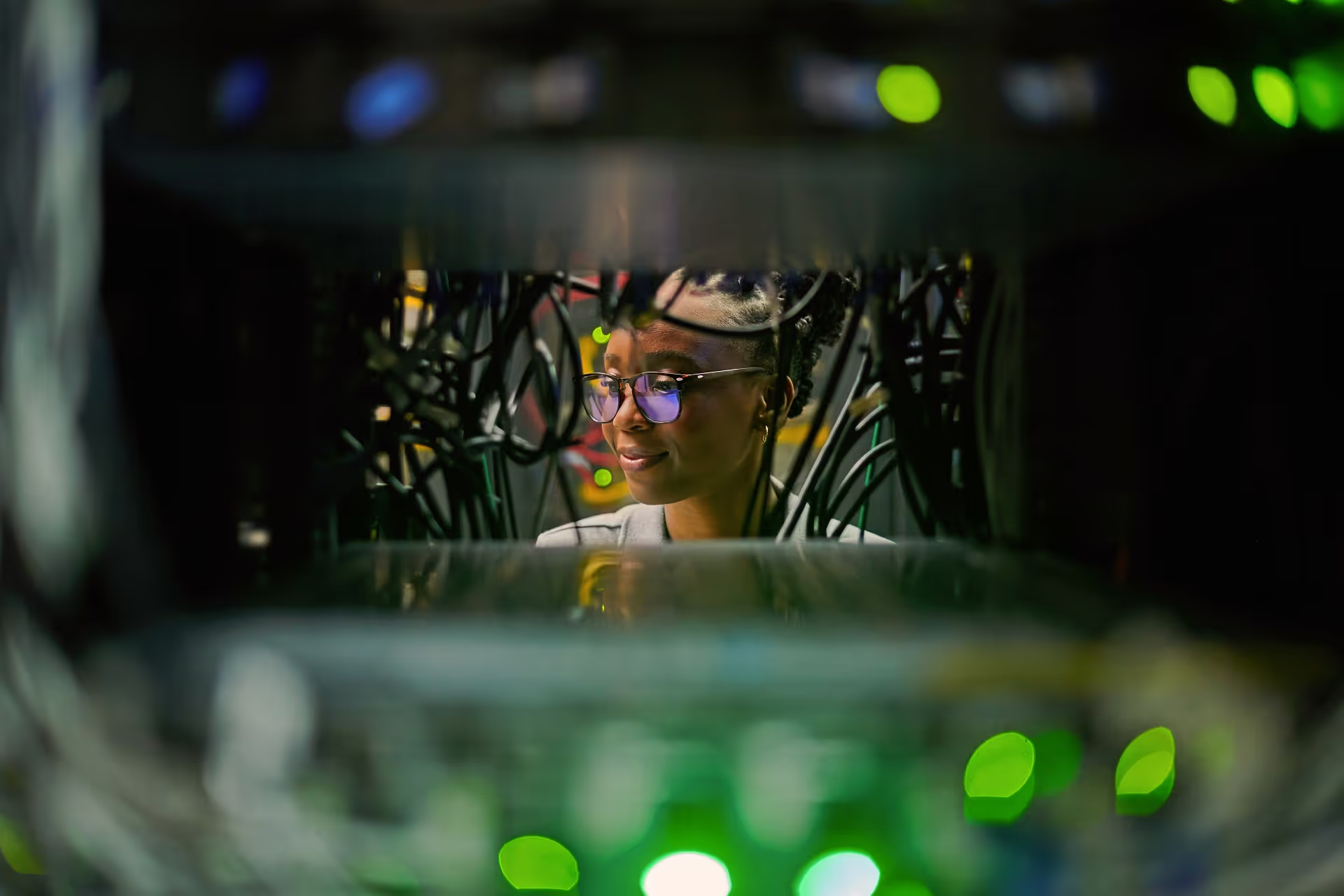




Related News
.avif)
Should AI developers be free to train their models on existing copyright works? The UK government is no longer so sure.
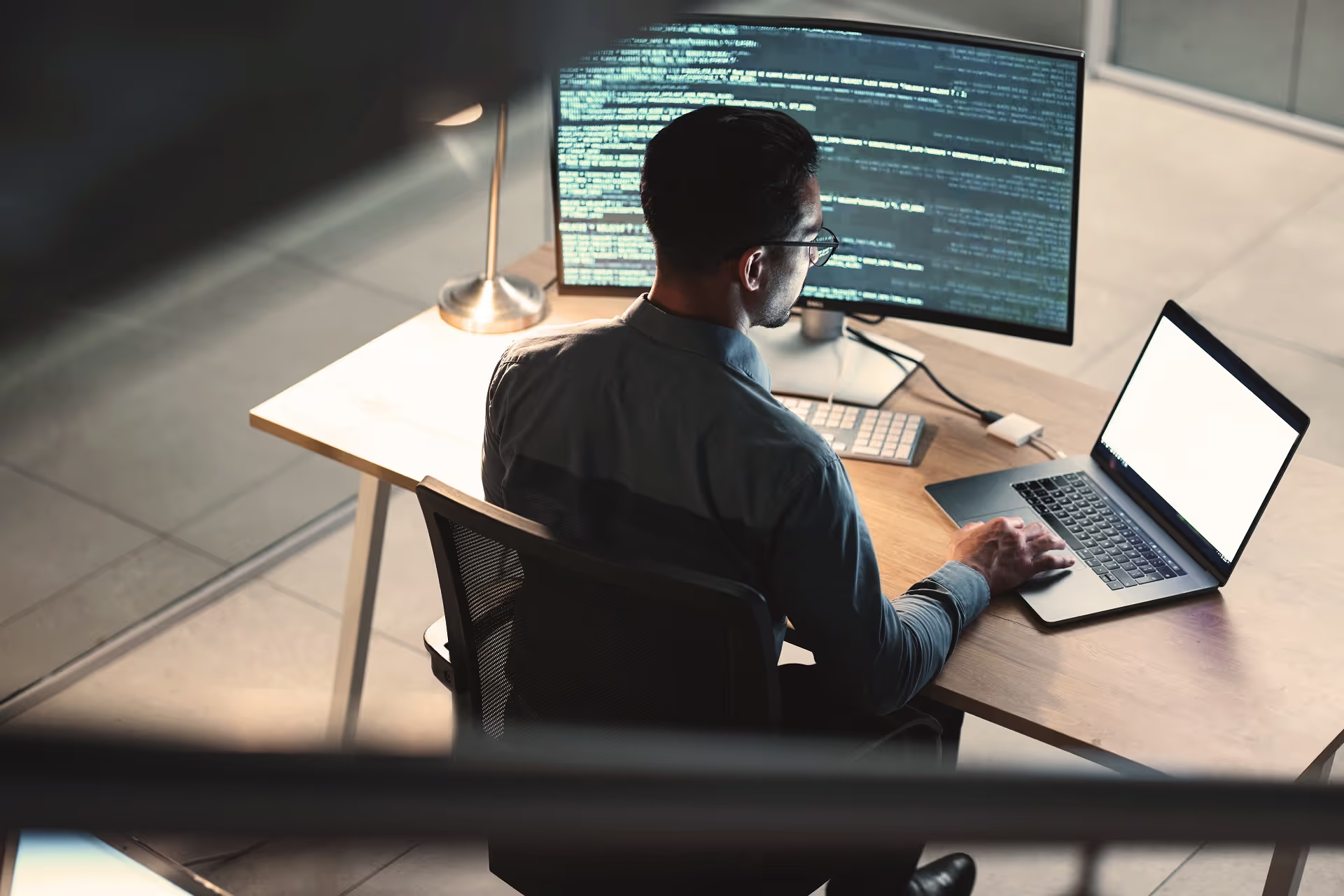
Patenting software inventions in Europe: Understanding the need for a technical contribution (2)

Patenting software inventions in Europe: Understanding the need for a technical contribution (1)
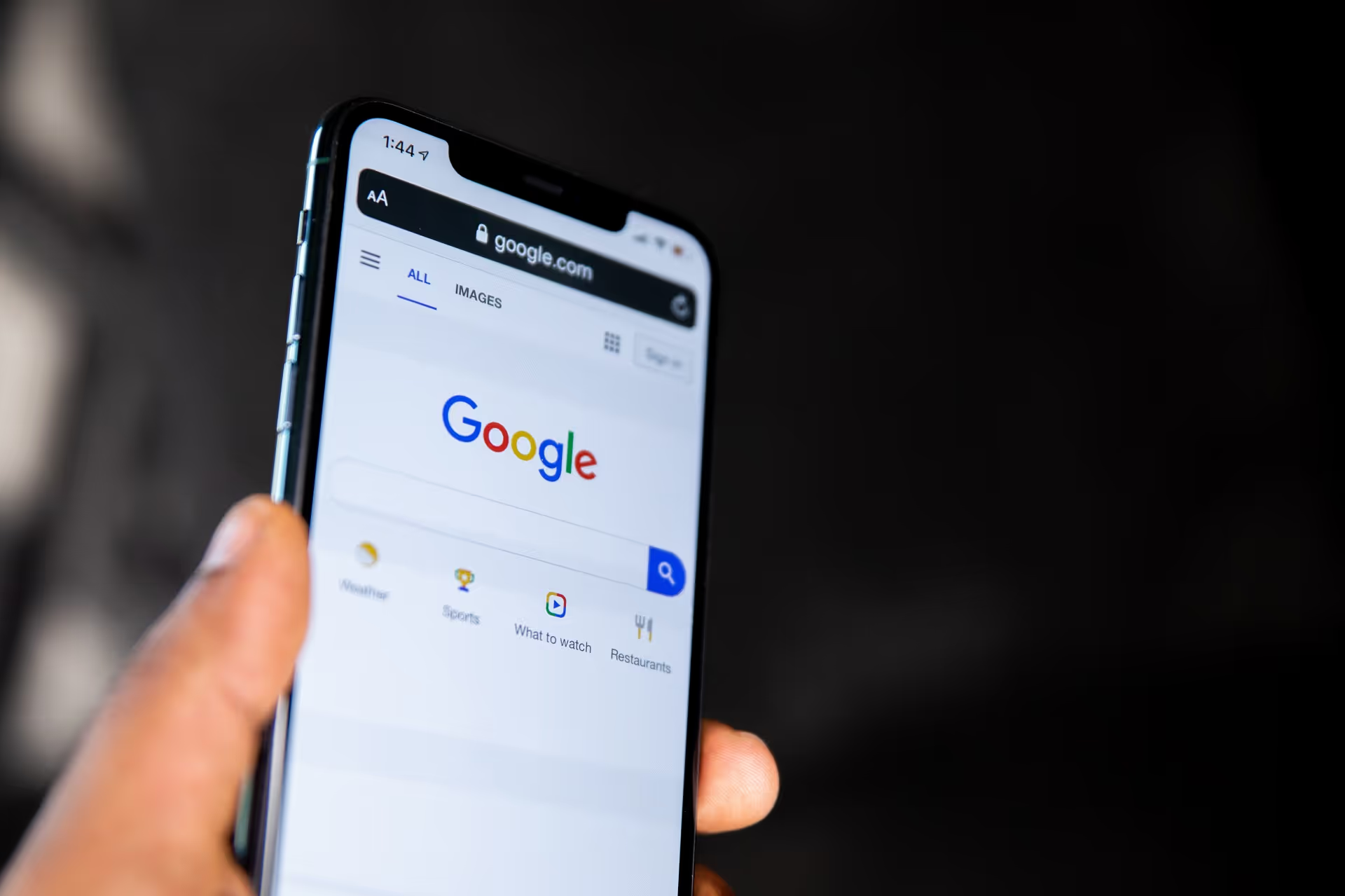
Protecting trade secrets in the age of AI: Lessons learnt from the theft of Google trade secrets

Innovating Intellectual Property: Spotlight on Dave Clark, Partner at Potter Clarkson

Sustainability and digitalization are driving transportation innovation reports WIPO

How can AI help make construction more sustainable?



